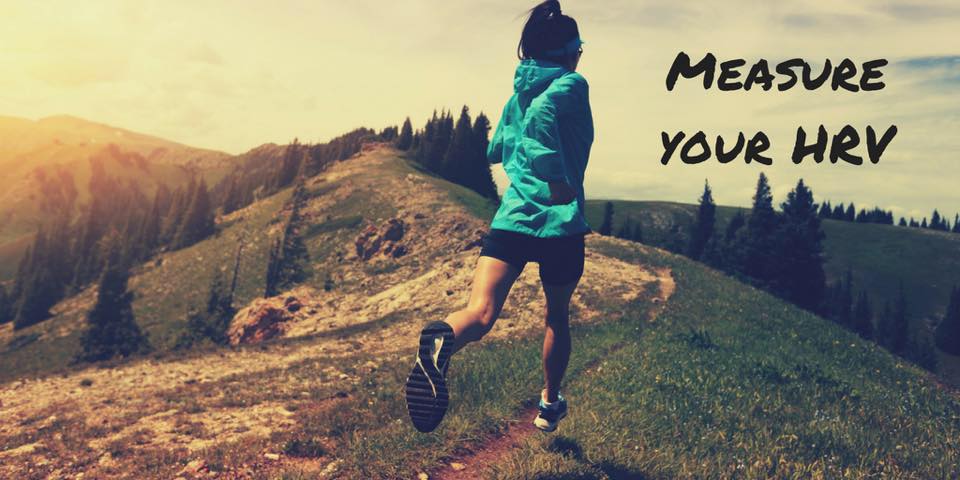SweetWater Health is a very young company. SweetBeat™, our iPhone app, has been on the market for just a little over a year. We started with no users at all (except for us SweetWaterites), and during the months that followed SweetBeat’s debut, we have watched with interest as our audience of users has grown.
And you, our users, have surprised us. We thought that most people would purchase SweetBeat to help reduce stress. There are certainly some users that fit that profile, but the dedicated users, the ones who really use SweetBeat all the time, are athletes—often elite athletes—who use SweetBeat for HRV training to help understand their bodies better and to optimize training schedules.
And you—our dedicated users—told us that the product needed tweaking so you could use it even more effectively. So tweak it we did, and we need to tell you about the changes we made. This is important to know even if you are not an athlete, as your HRV levels will appear lower than in previous versions. This does not mean your HRV has changed—only the scale.
SweetBeat version 1.2.2 (and beyond) includes a refinement of the HRV calculation algorithm to fine-tune it for athletes. Some of you ultra-fit individuals were “maxing out” the HRV reading at 100. The new algorithm fixes this with the result that the calculated HRV will appear lower than in previous versions of SweetBeat. We have included some charts to illustrate what you can expect with version 1.2.2.
For SweetBeat users who have been measuring HRV for athletic training, your HRV will appear to decrease with version 1.2.2. For this reason we recommend starting with a new baseline taken on a day that you know you are fully recovered. We believe this will provide more accurate results in the long run as your fitness levels improve.
Below are a couple of charts that illustrate how your new HRV scores may differ from your previous scores.
How is HRV calculated? SweetBeat measures the RR intervals (the time between heartbeats) then calculates the HRV parasympathetic parameter rMSSD. We then run a scaling algorithm on rMSSD to create an HRV value. Typical values will be in the range of 0-100. rMSSD is the square root of the mean squared difference of successive RRs. Elite athletes will experience very high rMSSD scores compared to others.
If you want to see the raw numbers, look at the “Geek Screen” on the flip side of the ECG heart beat screen. To see the Geek Screen, press the button in lower right corner of the window where the animated ECG appears. You will see the summary numbers from your last session. Below are the same charts from above that include rMSSD.
As a reminder on how to use HRV for training:
- Take your HRV every morning prior to any activity.
- This session can be measured sitting, standing or lying down, but be consistent in the position you select.
- Do a five-minute session.
- HRV is time dependent so be consistent in the length of the session
- If HRV drops significantly (more than 10 points) a low exertion or rest day is in order.
- If HRV drops significantly two or more days in a row, a rest day is in order.
Questions? Please send them to support@sweetwaterhrv.com. We’d love to hear from you.






I just ordered the heart rate strap on amazon but I still need another part to make the sweetbeat work for HRV on my Iphone!!? What is missing?
Please check out our FAQs page for more help or email support@sweetwaterhrv.com
http://www.sweetwaterhrv.com/documentation/faqs.pdf